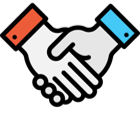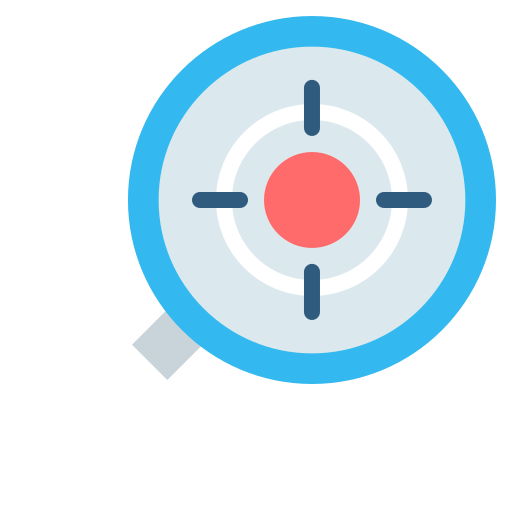Hi all,
Bootstrap is an open-source front-end framework designed to help developers create uniform, responsive, and visually appealing web interfaces quickly and efficiently. Bootstrap provides a collection of pre-built components, including buttons, navigation menus, and form elements, that are designed to ensure consistency across various sections of an application. This framework not only streamlines the development process but also enhances the visual coherence of web applications, like LexiFi Web.
Why did LexiFi adopt Bootstrap?
In a dynamic environment where each developer might create their own graphical components, maintaining visual consistency across an entire application can be challenging. Without strict discipline, different parts of the application could end up looking and functioning differently, leading to a fragmented user experience. To address these challenges, LexiFi integrated Bootstrap into its development process and upgraded all its existing front-end software to use it. The goal was to homogenize the graphical interface, ensuring that all visual elements - such as buttons, margins, and alignments - were consistent across the application. By replacing custom-built visual components with standardized Bootstrap components, LexiFi has been able to:
- Achieve consistency: align all visual elements uniformly across the application, creating a cohesive user interface.
- Simplify development: make it easier for developers to create and maintain visual components, as Bootstrap provides a reliable and customizable foundation.
- Improve visual quality: leverage Bootstrap’s refined components to enhance the overall look and feel of the application.
LexiFi’s brand design white-labeling: scaling with Bootstrap
LexiFi has a long history of offering white-label services, tailoring LexiFi Web application to clients’ visual identity. With Bootstrap, LexiFi can more easily customize the look and feel of the web application to align with each client’s branding, including adjustments to colors, fonts, logos, and disclaimers. Whether it’s a client portal, a dashboard, or an application document, Bootstrap ensures that all elements, while customized, maintain a coherent and professional appearance, enhancing the user experience.
Client empowerment through customization
Simplified customization process: previously, adapting our proprietary visual style to meet client demands required detailed customization of every button, margin, and component. Now, with Bootstrap, clients can easily specify precise customization details (branding wise: font, color, logo and disclaimer), making the process more efficient and transparent.
Adapting to branding Changes: when a client updates their brand guidelines - such as changing their primary color - Bootstrap allows for quick and seamless updates across the entire application. This adaptability ensures that all client-facing materials remain aligned with their current branding.
Client access to Bootstrap: users who create documents and dashboards through our web application have now access to the same Bootstrap framework. This ensures that their customizations are coherent with the overall look and feel of the application, resulting in a seamless user experience.
By standardizing and scaling its white-label services with the power of Bootstrap, LexiFi is enhancing its ability to deliver consistent and customizable solutions to clients in a cost effective way. This approach not only streamlines the development process but also empowers clients to maintain brand consistency across all aspects of their web applications.
| What we're reading | |
Latest Blog Article: Importance Sampling | |
| Latest client stories |  |
QUINTET PRIVATE BANK: Fabrice Todeschini, Group Head of Global Structured Solutions, explains the success of the collaboration between Quintet Private Bank and LexiFi. SILEX: Alexis de Bernis, Chief Technology Officer at Silex, speaks about Silex’s main achievements with LexiFi Apropos, and more |
|
| Features in focus |  |
LexiFi Web Application Document customization Document automation |